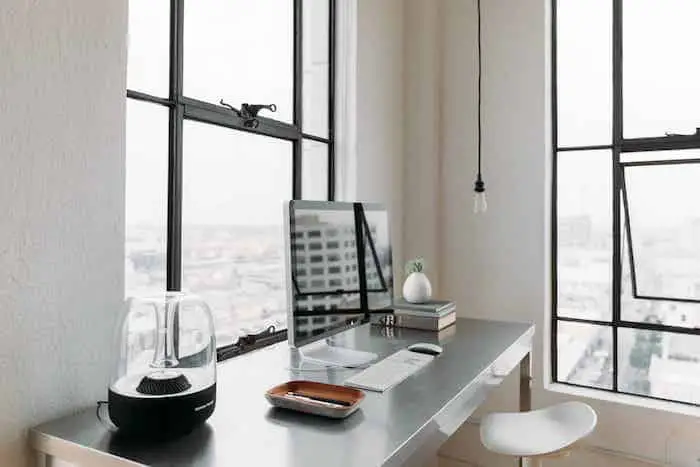
Introduction to Feng Shui for Minimalists
Feng Shui is complex and takes a lifetime to master. But you can borrow the more straightforward principles to organize and design your space in a minimalist way.
Read on for the basics plus a selection of products to help you incorporate Feng Shui into your space.
What is Feng Shui?
Feng Shui is a collection of rules related to design and layout elements of a space to provide optimal flow of energy.
Feng Shui is a school of thought that is related to Taoism. They also subscribe to the fundamental belief in the interconnectedness of everything.
Taoism is a philosophical belief that originated in China in 4th century BC. Tao means the “way” or “path” and refers to an effortless code of living that is in harmony with nature.
The ancient Taoists that developed the art of Feng Shui eventually decided to evolve the school.
They expanded their scope to study the creation of environments and how they are in sync with the natural flow of energy (aka “chi”).
Feng Shui is complex and takes a lifetime to master. But you can borrow some of the more straightforward principles to design your space.
This guide (plus brand recommendations at the end) introduces the basics of chi and considers “good chi” to be a conduit for health and happiness.
What are the basic rules of Feng Shui?
Feng Shui is thousands of years in the making through careful observation of nature and experimentation with ideas that promoted harmony.
The goal of Feng Shui is to improve your well-being by aligning your space with chi — the invisible energy that flows through and animates all life.
Modern day Feng Shui is derived from two different ancient schools, however their principles can be summarized as follows:
- Energy should always be flowing freely through a space as blocks can have an adverse impact on the environment.
- Natural elements (air, water, metal, fire, wood, earth) should be incorporated but balanced to create positive energy.
- Objects within a space should be arranged in particular ways in order to improve well-being.
As you can see, at its core Feng Shui is not actually about magic, superstition, New Age thinking or any other esoteric practice it’s commonly associated with.
The essential idea is centered around a practical approach to enhancing how you interact with your environment.
Simplifying it even more, you can view it as an ancient form of design — the strategic application of Japanese aesthetics.
By being mindful of Feng Shui principles you can create a beautiful and harmonious space that brings about a sense of peace, restoration and happiness.
How to redesign your home with Feng Shui
The following 5 tips will help you channel good chi and create a sense of safety and serenity in your space.
1. Target the Worst
It may seem easier to start with the most commonly used rooms. However, because you have a preference for these areas they are likely to be in better shape than the others.
In Feng Shui the home is a holistic space. Every area is connected to another and they all have an equal impact on your wellbeing.
Start with the areas that are in the worst shape as this will bring about the most immediate improvement in the quality of energy.
2. Clear the Clutter
Clutter has a strong adverse affect on your physical and psychological health. You stifle chi when you hoard objects or fail to thoroughly clean your space.
In fact, clutter doesn’t just block good energy but also leads to negative energy.
That’s because it overwhelms your brain and makes it hard to focus. If you desire serenity and clarity start with decluttering and cleaning your home. Take the time to vacuum your home regularly to keep it feeling fresh and clean. To find the perfect wet/dry vacuum cleaner, check out this guide from the unclutterer that will help you to choose the one for your needs.
Simplify Your Life Course
Take the 13-step course to learn intentional living by focusing on what is truly important in life while getting rid of the rest.
3. Consider the Layout
There are a few essential considerations for designing a Feng Shui home.
One of them — the unobstructed flow of energy — can be checked by taking a tour of your home.
Start with the front door. Make sure it looks welcoming and isn’t blocked by clutter. It should also work (i.e. the lock, knob, and hinges should open easily).
Think about it: if you can’t even enter your door easily what does that say about the rest of your home?
Now walk through the door and scan the front entry or hallway. If nothing else, the first thing you see when you walk inside your home should exude peacefulness.
Make sure this space isn’t a dumping ground for shoes, coats, and bags. Here’s an example of a minimal and functional entryway.
Lastly, walk through each room of the house and take notice of the furniture arrangement. Are the pieces too big for the room? Do they block doors, windows, or hallways?
Have you awkwardly positioned them such that it’s hard to move about the room? If you can’t navigate your space then it’s a clear indication that energy isn’t circulating well.
4. Stop Energy Leaks
There are different forms of energy leaks in a home. For simplicity’s sake focus on obvious inefficiencies that you’ve ignored:
- Neglecting important repairs
- Keeping broken appliances
- Running water excessively
- Installing equipment poorly
- Living with unattractive decor
You want to avoid being in a space with a bunch of irksome issues that are continuously overlooked.
Take time to identify and address broken items, bad design, and botched installations. Moreover, be conscious of your environmental footprint.
5. Add Tranquil Elements
Feng Shui is not just about what you must fix or remove, but also what you should incorporate into your space.
Skip the wind chimes and lucky charms (unless you believe in them) and focus on ways to elevate your senses. For example via:
- Organic candles
- Essential oils
- Lush green plants
- Fresh air
- Natural light
- Soothing colors
- Ambient music
- Furry (pet) friends
If possible, choose decor that is functional (or at least has high emotional value) and made of high-quality, non-toxic materials.
Feng Shui products for the home
While we don’t advocate rushing out to purchase a bunch of items in the name of Feng Shui (remember the declutter step), you may want to tastefully incorporate one or more of the following items.
Indoor Plants (Earth)
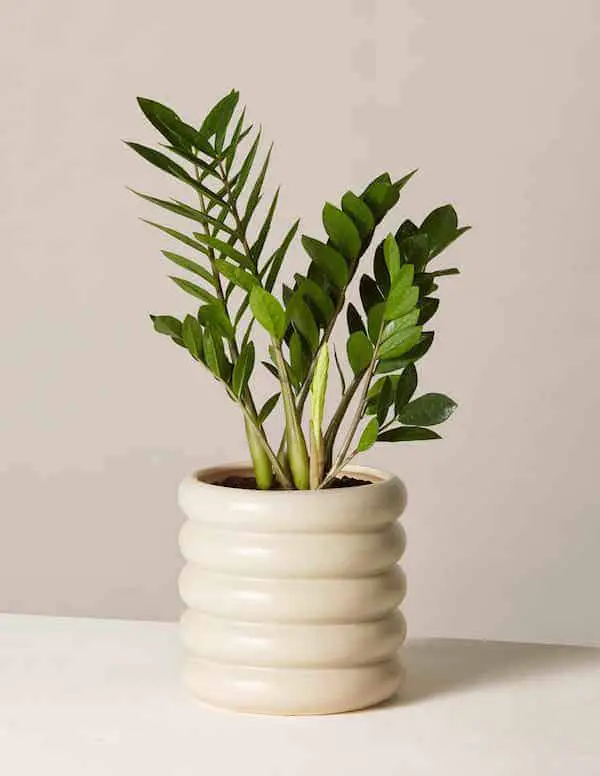
Reap the benefits of the earth element by caring for a living plant with lush green foliage.
The Sill is a modern and stylish online garden center with easy-care houseplants and locally-made pots delivered to your door, anywhere in the USA.
A virtually indestructible and low maintenance indoor plant, such as the ZZ plant in a minimalist neutral pot, would make the perfect addition to a Feng Shui home.
Natural Candles (Fire)
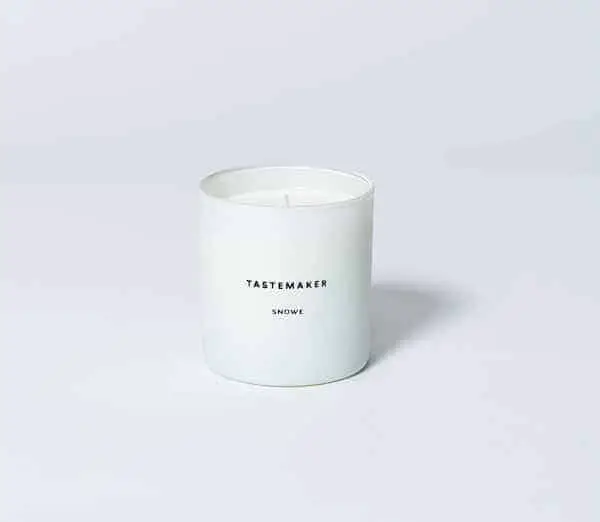
Incorporate the fire element with candles made from natural, non-toxic wax and wicks.
Snowe Home crafts clean-burning, hand-poured candles from premium soy wax and makes them available in luxe, long-lasting scents.
Housed in minimalist containers, these candles will incorporate warmth into your space while adding a subtly stylish touch to your decor.
Air Purifier (Air)
Breathing high-quality air is essential to Feng Shui, but what do you do if you live in an area, such as an urban environment, with subpar air?
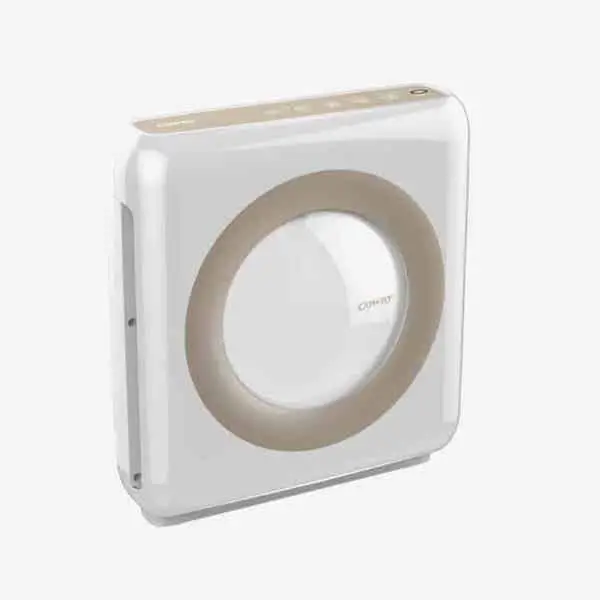
Considered to be one of the best (and best looking) air purifiers in the market, The Coway Mighty is a minimal and affordable solution.
The sleek tower design uses advanced multi-stage filtration with a long-life HEPA filter to effectively reduces airborne odors and pollutants in your home.
Essential Glassware (Water)
One of the best ways to benefit from the water element is to be able to view moving water. But you may not have the benefit of living near a body of water or want a fountain in your home.
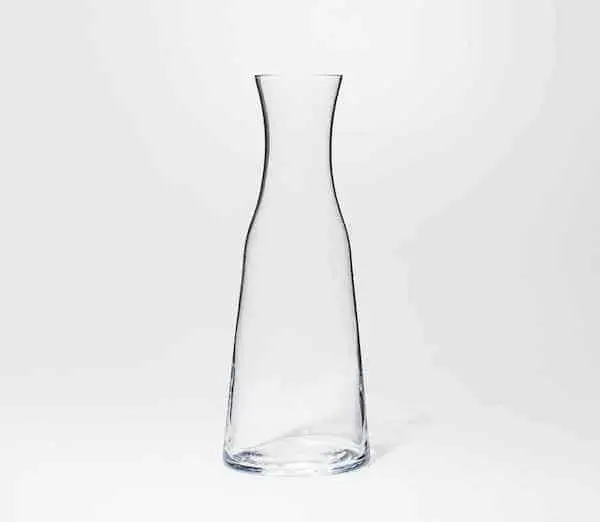
Of course running your faucets unnecessarily is a no no too. So what can you do? Materials like crystal, mirror and glass are considered to be representative of the water.
Even better of you can use water-like container, like this lead-free crystallized glassware by Snowe Home, to hold your water.
Stainless Steel (Metal)
Stainless steels are comprised of several elements plus metals found in the earth such as iron and nickel.
On top of that they are one of the most reliable materials because they are strong, rust and erosion resistant and have a notable sheen that makes them aesthetically pleasing.
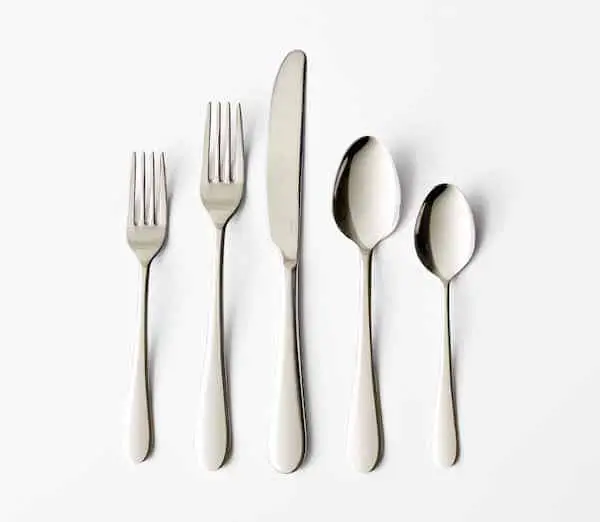
Incorporate the metal element in your home with a high-quality set of stainless steel silverware from Snowe Home that will last a lifetime and beyond.
BUTCHER’S BLOCK (WOOD)
You can incorporate the wood element into your home in any number of ways including wood floors, furniture or objects.
A beautiful and practical block of natural wood, such as this handcrafted black walnut cutting board from Snowe Home, is an easy way to combine form and function.
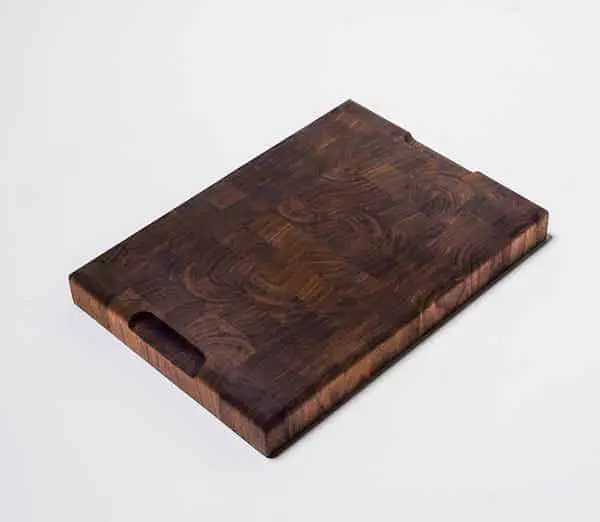
This sustainably-made, durable, end-grain hardwood block is not only visually stunning but also offers multiple uses within your Feng Shui home.
Out of respect for the philosophy and its practitioners we must stress that there is much more to Feng Shui than these basic tips. This is only a primer not the entire body of knowledge.
However, anyone can practice Feng Shui regardless of their personal or spiritual beliefs.
Be mindful of how your space makes you feel and you’ll be happier and healthier. That positive state will permeate other areas of your life.
Affiliate Disclosure: As an Amazon Associate, Minimalism Co earns from qualifying purchases.
Minimalism Co also participates in other affiliate marketing programs that may pay a commission to Minimalism Co without affecting the price a customer pays.